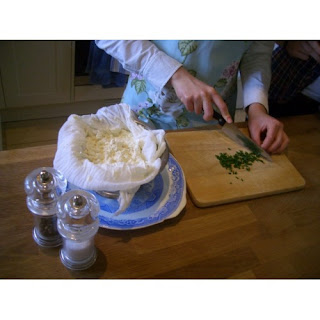 The use of ash on cheese is traced back to small farmhouse cheese makers in France, who preserved their autumn cheeses through the winter months by coating them in an ash and salt mixture. Ash was originally made from grape vine cuttings or charcoal from the fireplace, providing an instant rind for protection and neutralised surface acidity, while allowing natural moulds to continue to grow. The ash, or activated charcoal which it is sometimes called, allowed moisture to be drawn out and the curd to mature without the rind becoming rancid or sticky. The end result is a condensed, nutty texture with a strong creamy flavour. Ashing will sweeten the surface of your cheese and prepare it for Penicillium Candidum mould growth, inhibiting unwanted bacteria.
The use of ash on cheese is traced back to small farmhouse cheese makers in France, who preserved their autumn cheeses through the winter months by coating them in an ash and salt mixture. Ash was originally made from grape vine cuttings or charcoal from the fireplace, providing an instant rind for protection and neutralised surface acidity, while allowing natural moulds to continue to grow. The ash, or activated charcoal which it is sometimes called, allowed moisture to be drawn out and the curd to mature without the rind becoming rancid or sticky. The end result is a condensed, nutty texture with a strong creamy flavour. Ashing will sweeten the surface of your cheese and prepare it for Penicillium Candidum mould growth, inhibiting unwanted bacteria. Brief directions for use: - Mix ash with your salt before applying and within a few days the black rind become greyer as the white mould grows through – within 8-10 days the entire rind should be white
Brief directions for use: - Mix ash with your salt before applying and within a few days the black rind become greyer as the white mould grows through – within 8-10 days the entire rind should be whiteWitnessing a new trend amongst Artisan and home cheese makers is always exciting; ever keen to try something new to them, but which was tried and tested many generations ago.
Ash is readily available from Moorlands https://www.cheesemaking.co.uk/cheese-making-ash
To view Moorland’s extensive range of cheese making ingredients, equipment and advice please visit www.cheesemaking.co.uk












